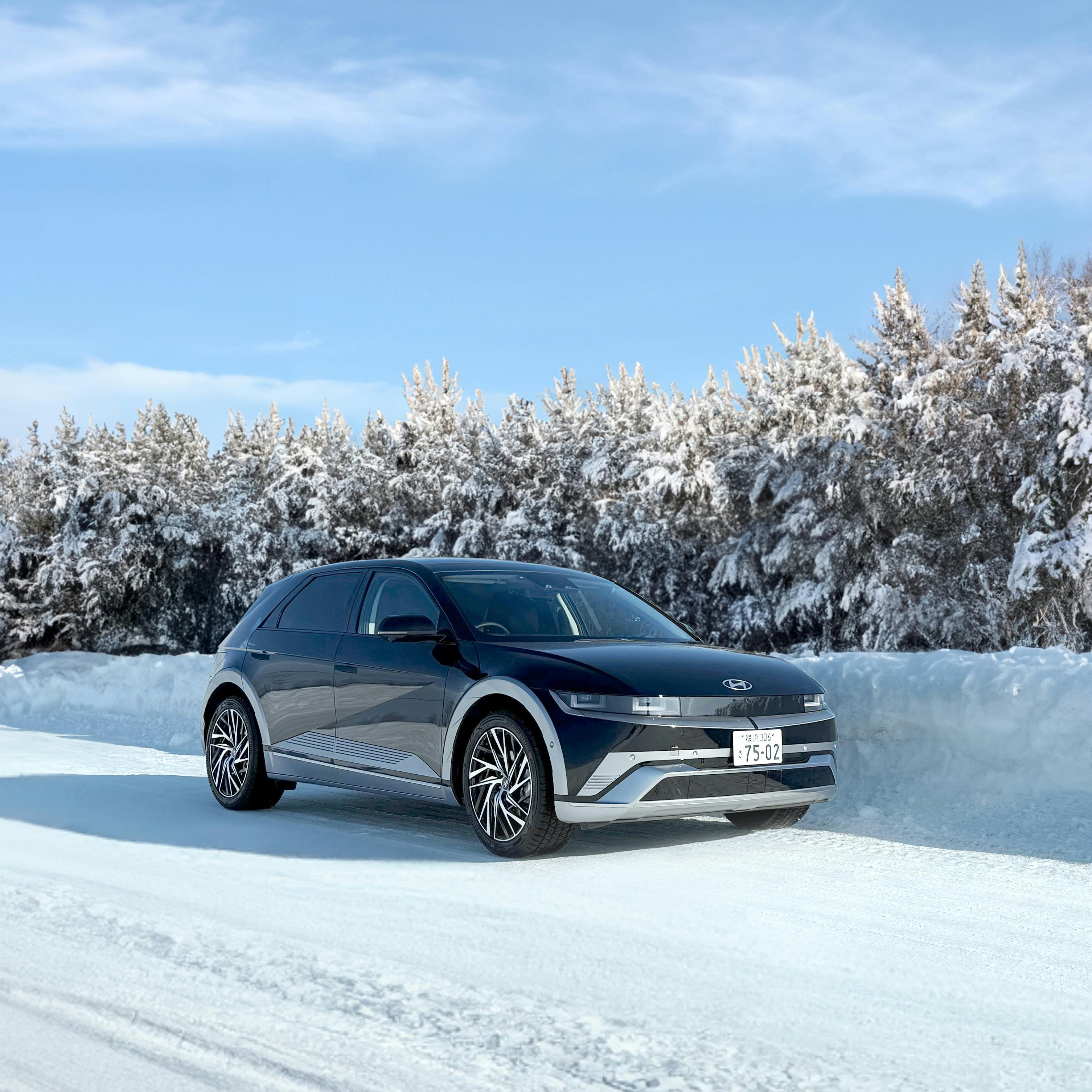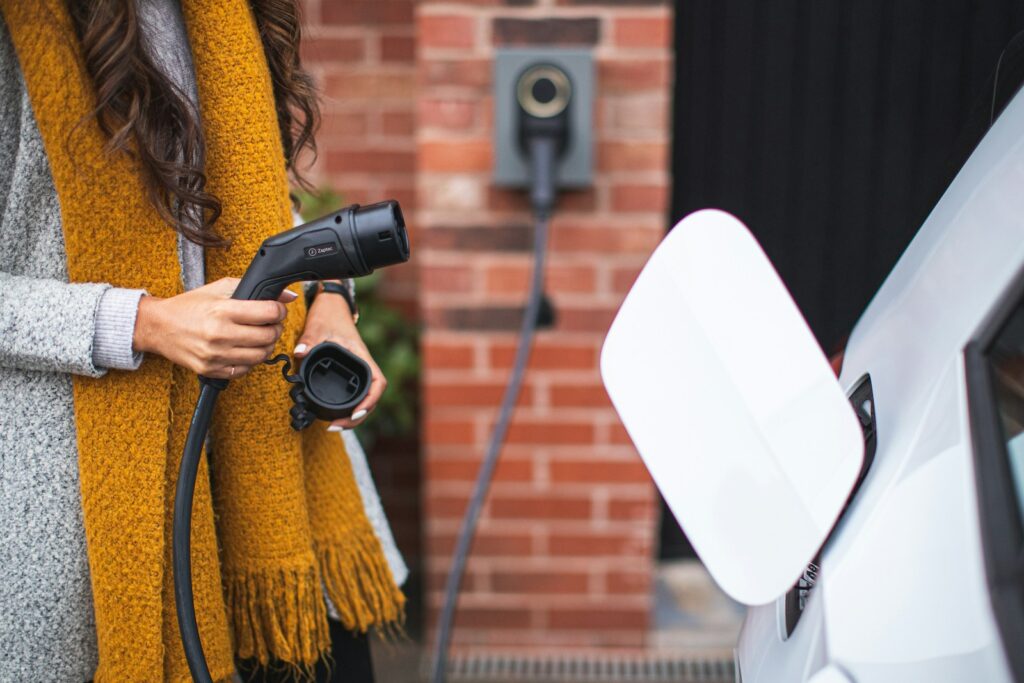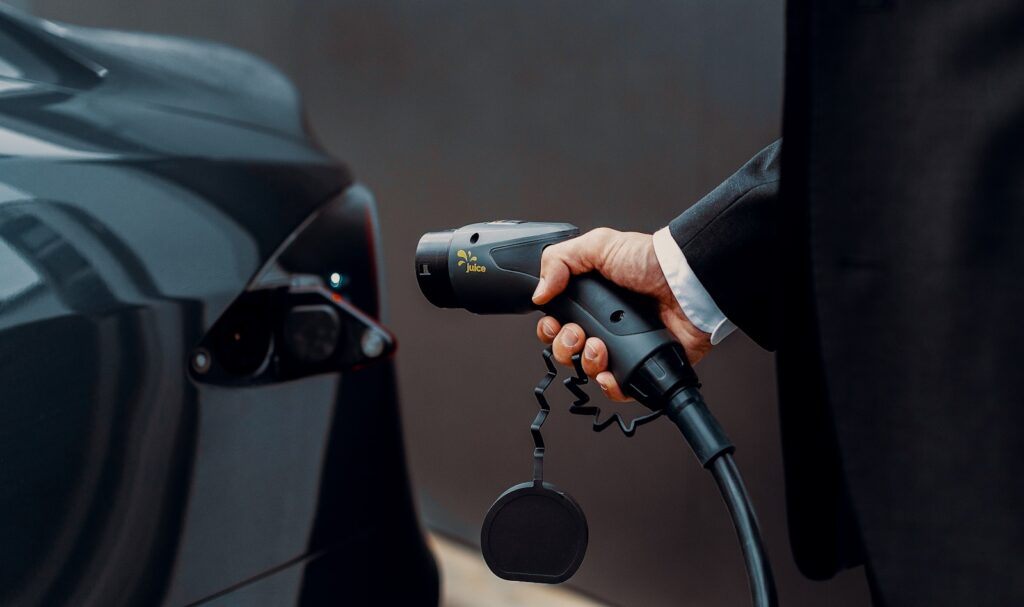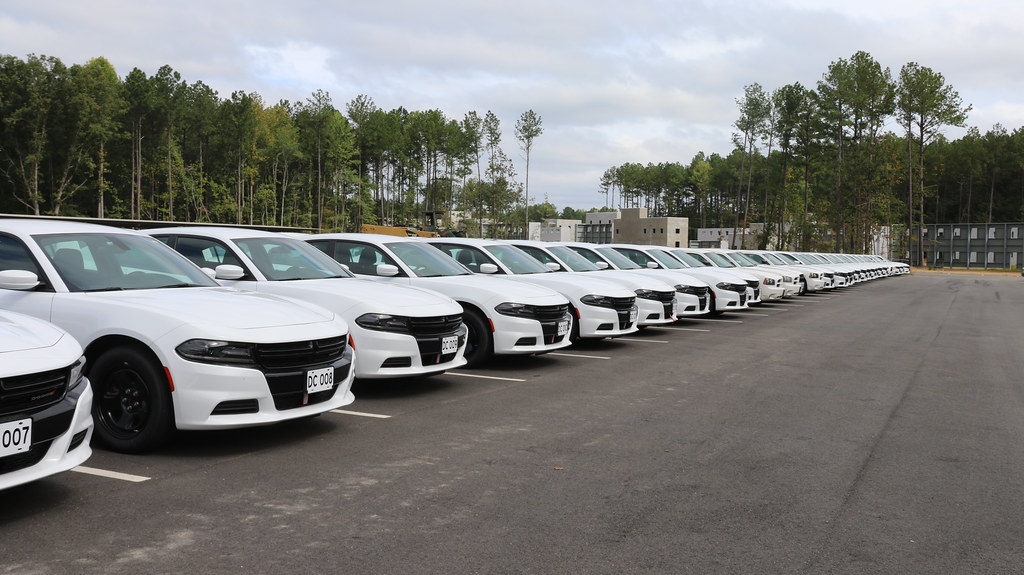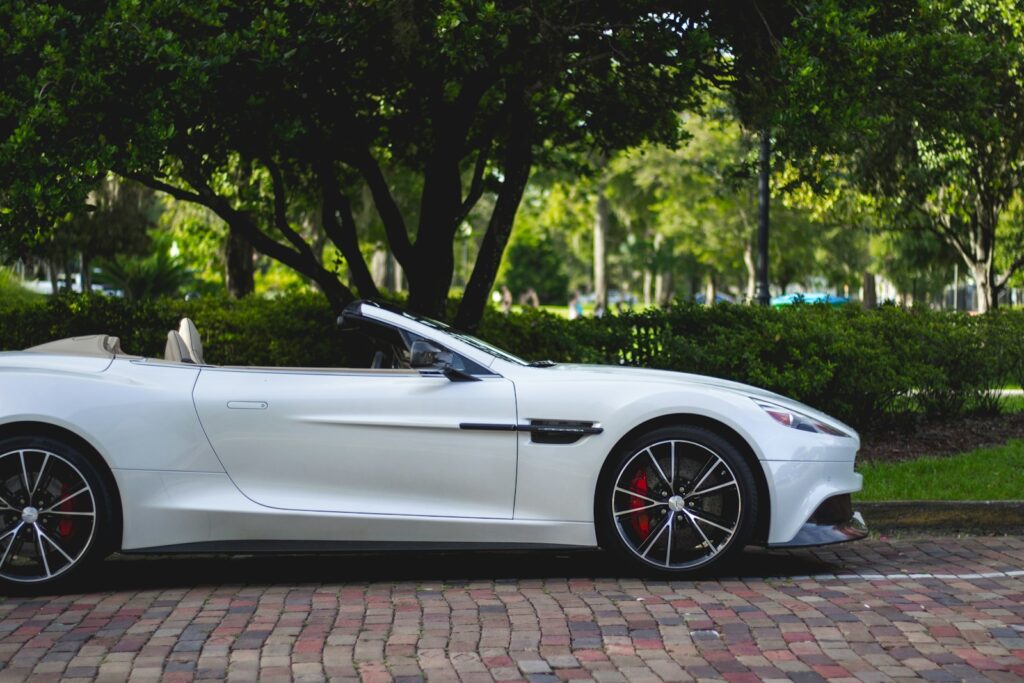
The thought of driving an electric vehicle (EV) in winter often brings with it a flurry of questions and, for some, a touch of anxiety. As temperatures plummet and snow begins to fall, EV owners naturally wonder about the impact on their car’s performance, especially its crucial range. It’s a valid concern, as the frigid air undeniably presents unique challenges for these cutting-edge machines. But fear not! With the right knowledge and a few strategic adjustments, you can confidently navigate the colder months, ensuring your EV remains a reliable and efficient companion.
Indeed, understanding these challenges is the first step toward overcoming them. The fundamental truth is that cold weather dramatically slows the flow of lithium ions through an EV battery’s electrolyte and anode. This phenomenon means the battery can’t store or produce as much energy as it normally would, leading to a noticeable reduction in range. Experts suggest that EV owners can reasonably anticipate a 25% to 50% drop in range when the mercury dips, with some sources citing an average reduction of 15-20%. However, this isn’t a reason to “freak out or swear off EVs,” but rather an invitation to become well-informed about battery best practices.
As senior media editors, we’ve delved deep into expert advice and real-world experiences to bring you a comprehensive guide. This article will equip you with practical, actionable tips to maximize your EV’s performance and range when winter arrives. From smart parking to optimized charging, and from efficient driving techniques to essential preparations, we’ll cover everything you need to know to make your electric winter driving experience as smooth and enjoyable as possible.
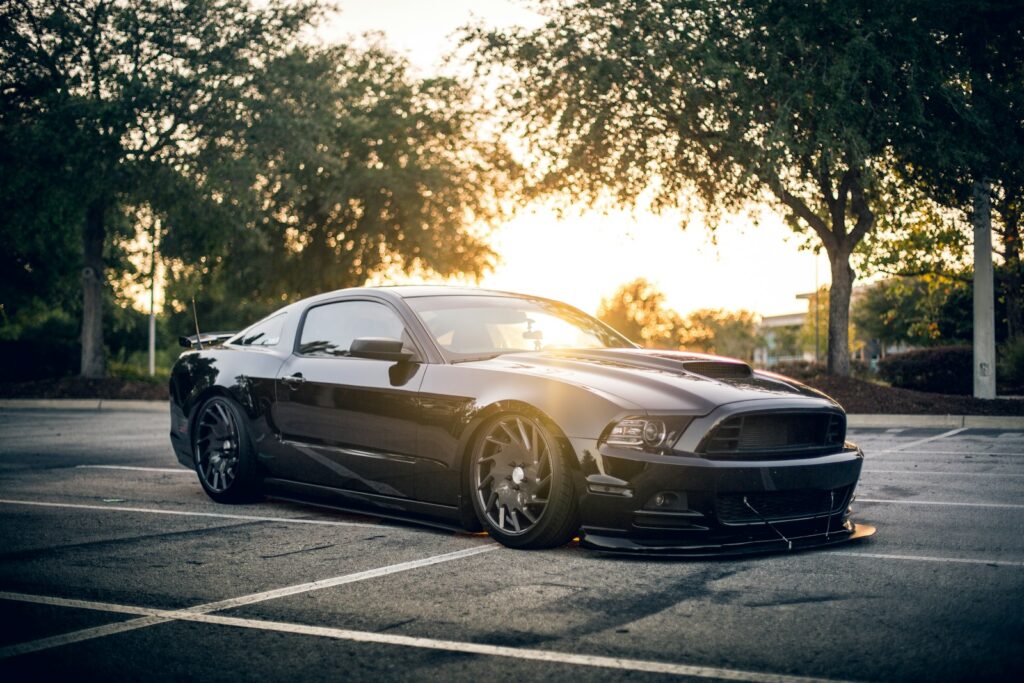
1. **Understand Winter Range Reduction**The inherent nature of electric vehicle batteries, specifically lithium-ion cells, means they operate less efficiently in colder temperatures. This isn’t a design flaw but rather a characteristic of their chemistry. When the thermometer drops, the electrolyte within these batteries becomes more viscous, impeding the swift movement of lithium ions. Consequently, the chemical reactions necessary for generating charge slow down, directly affecting the battery’s ability to store energy and deliver power.
This reduced ionic conductivity translates into a tangible loss of driving range. While specific figures can vary by model and temperature, research consistently shows a significant impact. The Norwegian Automobile Federation, for example, found some models losing up to 50% range in -10°C conditions, especially when cabin heating is activated, which alone can cause up to a 41% range loss at 20°F. WhatCar? research corroborates this, reporting an average 15-20% range reduction in colder weather, with some luxury models experiencing even larger shortfalls.
It’s crucial for EV owners to internalize this reality and plan accordingly. Rather than being caught off guard, understanding that your 300-mile range might become a 210-mile range (a 30% hit) provides a realistic foundation for winter driving. This knowledge empowers you to adjust expectations for trip planning and charging frequency, ensuring that you’re not left stranded by an unexpected depletion of power, which is often exacerbated by the energy demands of cabin heating, a primary culprit for winter range loss.
Read more about: Uncovering Unprecedented Value: A Consumer’s Guide to 12 SUVs with Significant Price Drops in 2025
2. **Strategic Parking and Covering**One of the simplest yet most effective ways to mitigate winter’s assault on your EV’s battery is by being strategic about where you park. The goal is to shield your vehicle from the harshest cold and elements as much as possible. Parking in a garage, even one that isn’t heated, offers significant advantages. Richard Reina, product training director at CARiD.com, notes that “even an unheated garage provides some protection from the cold. A temperature difference of even a few degrees means that the battery of your EV can hold its charge longer.”
The benefits extend beyond just battery warmth. A garage protects your car from accumulating snow and ice on windows, which means you won’t have to waste precious battery energy running defrosters to clear them. This seemingly minor detail can contribute to preserving your range, as every energy-consuming action on a cold battery further taxes its efficiency. It’s a subtle but impactful strategy for overall energy conservation.
If a garage isn’t an option, consider using a simple tarp or frost cover. While not as comprehensive as a full enclosure, these covers provide a valuable barrier against direct exposure to freezing temperatures, snow, and ice build-up. Protecting the vehicle, particularly the battery area, from the biting wind and direct cold can make a noticeable difference in maintaining a higher starting temperature for your battery and reducing immediate energy drain upon departure.
Read more about: The Genesis of Giants: 15 Foundational 90s Technologies That Forged Today’s Tech Titans
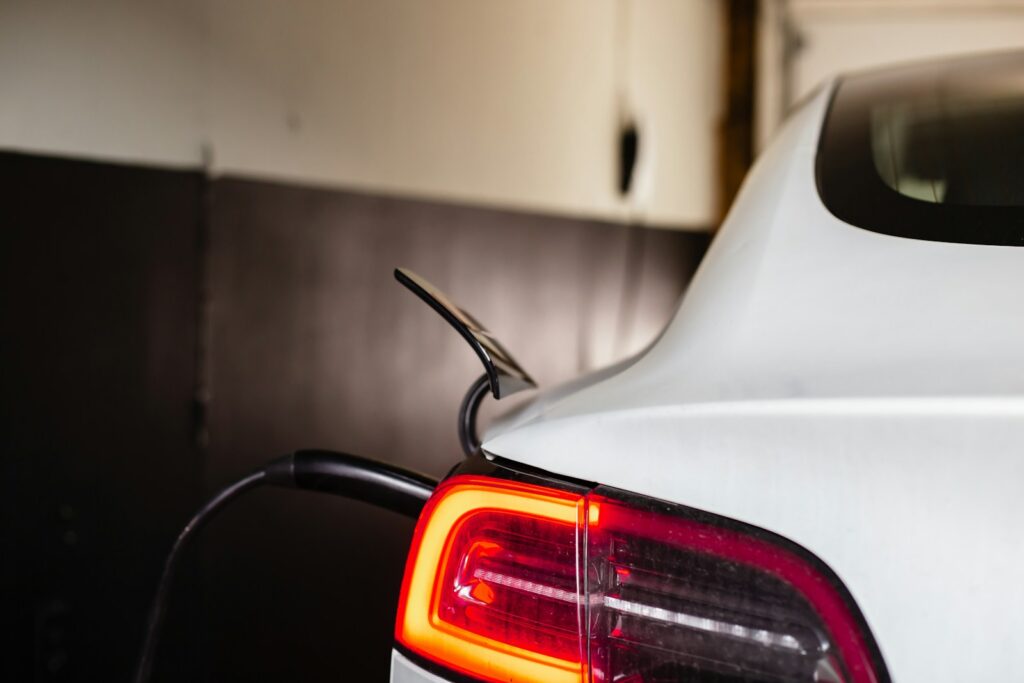
3. **The Power of Preconditioning**Preconditioning is arguably your most powerful tool for combating winter range loss, and nearly all modern EVs come equipped with this smart feature. It involves warming up both the EV’s cabin and its battery while the car is still plugged into a charger. This process ensures that your battery is at its optimal operating temperature from the moment you begin your journey, which is far more efficient than trying to warm it on the move using battery power alone.
Studies underscore the effectiveness of preconditioning. Research indicates it can improve winter range by 15-25%, making it the single most impactful strategy for cold weather driving. For instance, Tesla’s research found that a pre-conditioned Model 3 uses 25% less energy for the first 10 minutes of driving in -10°C weather. BMW also observed that its i4 achieved optimal battery temperature three times faster with preconditioning. This translates directly to more usable range and better overall performance.
Most EVs allow you to schedule departure times via their dedicated app or infotainment system. By telling your car when you plan to leave, it intelligently manages the preheating process, ensuring both the cabin and battery are warm and ready without drawing down your precious stored energy for the initial warm-up. This intelligent foresight ensures that your drive starts comfortably and efficiently, mitigating the negative effects a cold battery can have on vehicle operation, including its ability to support regenerative braking effectively.
Casey Donahue, CEO of Optiwatt, emphasizes that “scheduling departure gives you the time needed to precondition your vehicle and lets users maximize range by allowing the battery enough time to charge.”
Read more about: Unlock Maximum Range: 15 Essential Hacks for Your EV in Freezing Winter Conditions
4. **Smart Charging in Cold Climates**How and when you charge your EV becomes critically important during winter. Beyond just keeping the battery topped up, strategic charging practices can significantly influence its performance and longevity in cold conditions. One fundamental recommendation is to fully charge your EV overnight, especially if you have the option to charge at home. As Richard Reina advises, “EV batteries lose range in the colder weather, so starting the day with a full charge is smart and safe.”
Furthermore, it’s wise to avoid relying heavily on high-speed (Level 3 or DC fast) charging during extreme cold. Cold batteries charge less efficiently and more slowly. The battery management system often throttles the charge rate to prevent damage when the pack is too cold, meaning you might plug into a fast charger only to experience disappointingly slow speeds. If you must fast charge, try to precondition the battery while en route to the charging station – some EVs like Teslas do this automatically when a Supercharger is set as a destination, while others may require manual activation.
Maintaining an optimal charge level is also paramount. While a general rule of thumb is to keep your battery above 20% year-round, it’s particularly critical in chilly weather. Some experts even suggest aiming for 80-90% charge in winter, as a higher state of charge can aid cold weather performance. Avoiding deep discharges helps prevent battery performance issues and ensures the battery has enough energy to maintain its internal warmth.
Charging overnight when energy rates are lower, possibly with an EV-specific tariff, further optimizes both battery health and your wallet.
Read more about: Guard Your Investment: 15 Worst Storage Mistakes That Could Ruin Your Classic Car Over a Decade
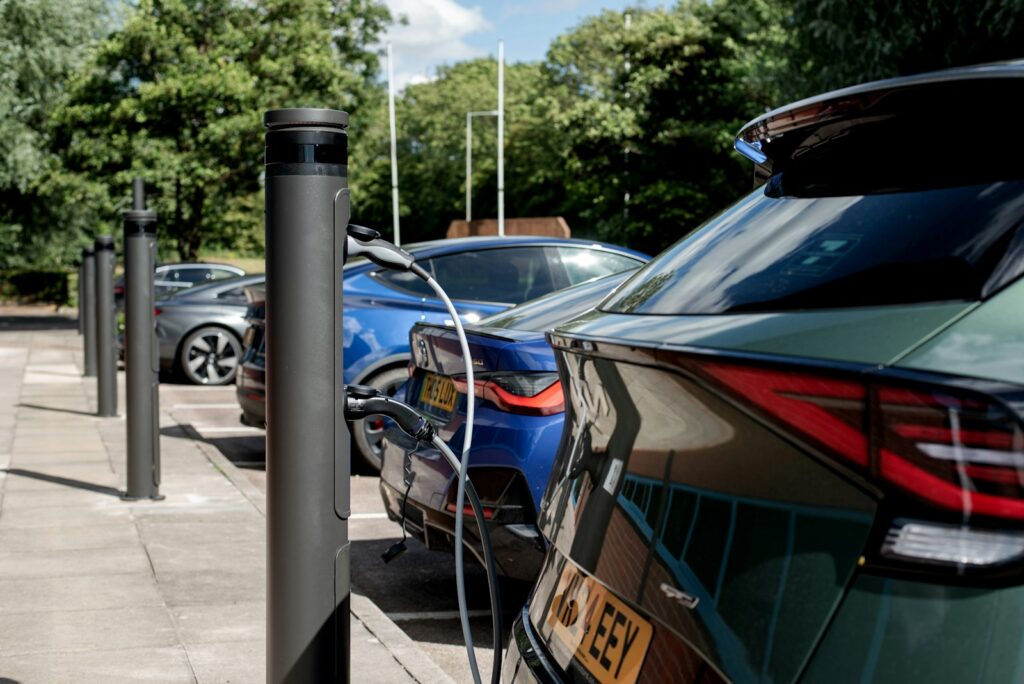
5. **Driving Style for Maximum Winter Range**Your personal driving habits play a profound role in how much range you extract from your EV, especially in winter. Aggressive driving, characterized by quick acceleration and sudden braking, is a notorious energy vampire. In cold conditions, where the battery is already struggling with efficiency, these habits exacerbate range depletion. The key to maximizing your winter range lies in adopting a smoother, more measured driving style.
Strive to avoid quickly accelerating and braking wherever you can. Instead, try to maintain a steady speed and give yourself plenty of time to slow down gently. This not only conserves battery power but also makes your driving safer on potentially slippery roads, reducing the risk of skidding. Richard Reina notes that “rapid acceleration should be avoided, and cruise control should be used to maintain a steady speed” on clear roads, emphasizing the benefits of consistent driving.
Additionally, consider lowering your speed slightly. Higher speeds necessitate more energy from the battery, directly impacting your range. Driving even 5 mph slower on the highway, for example, can contribute to significant range preservation over a longer journey. Being mindful about driving a little slower during the winter will undoubtedly lead to more miles between charges, making a noticeable difference to your overall winter efficiency.
Read more about: Uncovering Unprecedented Value: A Consumer’s Guide to 12 SUVs with Significant Price Drops in 2025
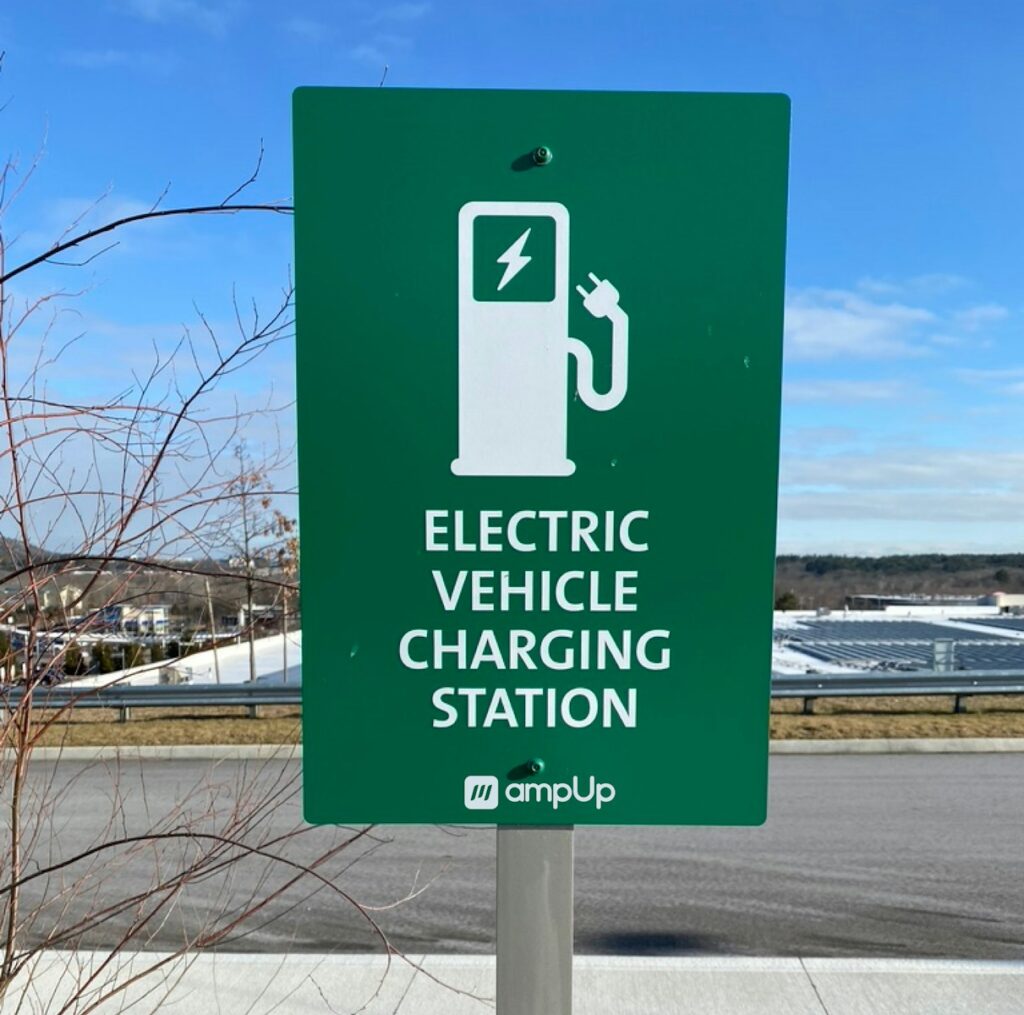
6. **Activating Eco Mode**Most electric vehicles come equipped with an “Eco Mode” or a similar efficiency setting, and winter is precisely when you should be making the most of it. This mode is specifically designed to extend your EV’s range by making subtle but effective adjustments to the car’s performance and energy consumption. It’s a powerful tool to maximize battery efficiency when the cold is working against you.
When activated, Eco Mode typically reduces the power available for acceleration, making the throttle response less aggressive and encouraging a gentler driving style. It might also temper the output of certain electric features, such as dimming headlights or reducing the power supplied to the heating system. Richard Reina explains that Eco Mode “maximizes your battery’s efficiency, and it works during cold weather as well. While in Eco Mode, some of your car’s features receive less power so do not perform to the same level.”
While you might notice a slight reduction in immediate power or cabin heat, the trade-off is well worth it for the extended range. In winter, every watt of energy conserved contributes to a more reliable journey. Utilizing Eco Mode helps your EV manage its precious battery resources more intelligently, preventing unnecessary drains and giving you greater confidence in your car’s ability to cover the intended distance, even with a cold weather range hit.
Read more about: Unlock Your Smartphone’s Full Potential: 15 Manual Photography Skills to Master Today
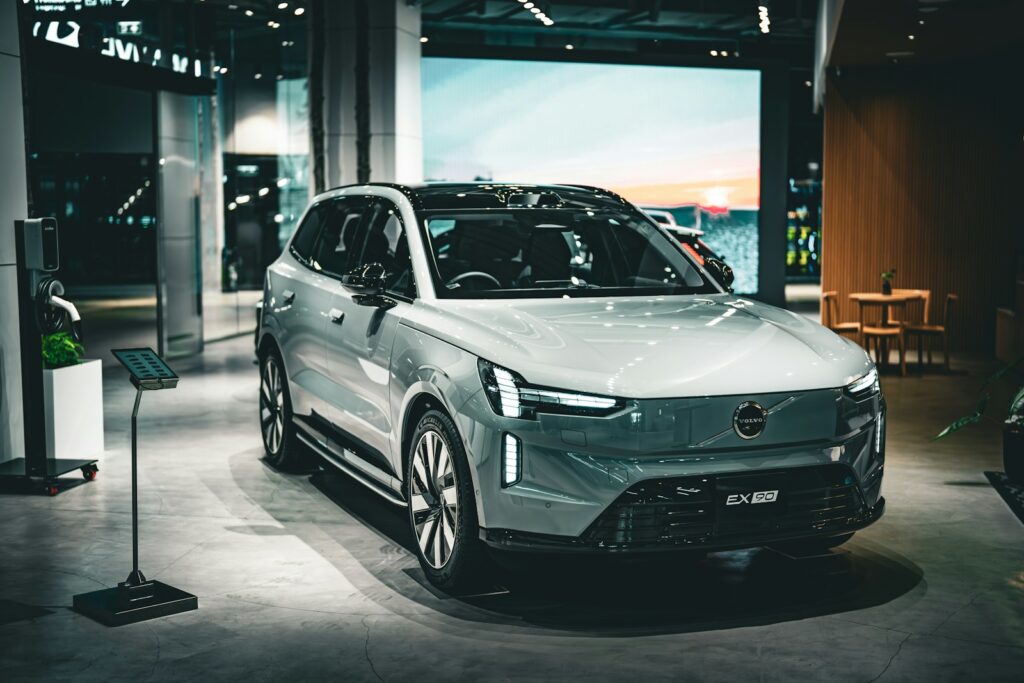
7. **Harnessing Regenerative Braking**Regenerative braking is a hallmark feature of electric vehicles, transforming what would typically be wasted energy during deceleration into usable power for the battery. In winter, mastering this system can be an invaluable asset for improving your range and enhancing safety. It works by converting the kinetic energy generated when you lift your foot off the accelerator or lightly press the brake pedal back into electricity, effectively recharging the battery on the go.
To truly maximize the benefits of regenerative braking, a smooth and anticipatory driving style is essential. Rather than braking suddenly, aim to slow down gradually and smoothly. This allows the regenerative system more time and opportunity to capture energy, sending it back to the battery instead of dissipating it as heat through friction brakes. Richard Reina advises that avoiding rapid acceleration and using cruise control (on clear roads) helps drivers learn which habits deliver the best range, implicitly encouraging smoother driving that optimizes regen.
However, a crucial caveat for winter driving: some sources, like TrueCar, advise *against* using one-pedal driving (an aggressive form of regenerative braking) on icy roads. This is because heavy regenerative braking can result in rapid deceleration, which, on slippery surfaces, could lead to a loss of traction or skidding. While regenerative braking is highly beneficial, always prioritize safety by adapting its intensity to prevailing road conditions, especially when ice and snow are present.
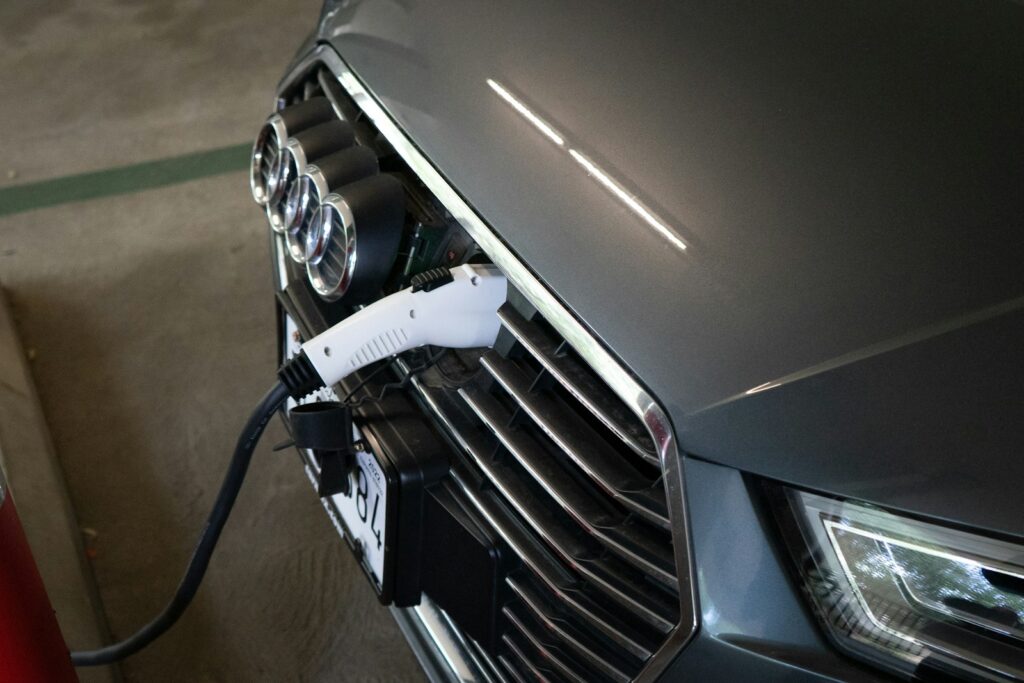
8. **Efficient Targeted Heating**While warming your EV’s cabin is essential for comfort during winter, it’s also one of the most significant drains on your battery’s precious energy. Understanding how to heat your vehicle efficiently can dramatically preserve your range. The fundamental principle is to warm bodies directly rather than attempting to heat the entire volume of air within the cabin, which requires substantially more energy.
This is where features like heated seats and heated steering wheels become your best friends. As a Consumer Reports editor, we strongly advise utilizing these targeted heating elements first. They provide immediate warmth to the occupants, consuming considerably less power than the main HVAC system. “Heated seats use less power than the heating system,” a crucial insight for maximizing efficiency on cold drives.
Moreover, the type of heating system your EV employs makes a difference. Many newer EV models, including those from Tesla, BMW, and Hyundai, feature heat pumps. These are 2-3 times more efficient than traditional resistive heaters, especially in milder cold down to -10°C, and can reduce heating energy use by as much as 50%. Older models or some basic EVs might still rely on resistive heating, which is simpler but far more energy-intensive, often drawing 3-5 kW of power and significantly impacting range.
Beyond using targeted heating and understanding your system, simply lowering your cabin temperature by a few degrees can have a noticeable impact. Setting the thermostat to 18-20°C instead of a balmier 22-24°C can conserve a considerable amount of energy. Combine this with dressing warmly in layers, and you’ll maintain comfort while giving your battery a much-needed break from the demands of extensive cabin heating.
Read more about: 13 Essential Lifehacker Strategies to Maximize Your Highway Fuel Economy and Save Serious Cash
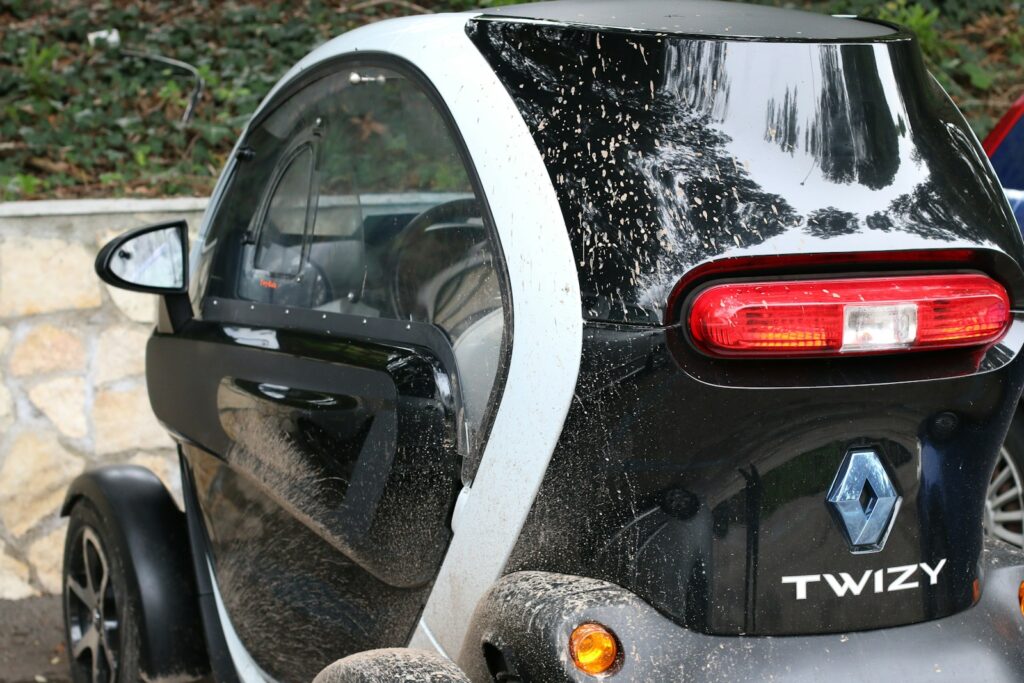
9. **Essential Tire Maintenance**Tire maintenance is critical year-round, but it takes on heightened importance when winter arrives. Cold weather directly impacts tire pressure, and proper inflation is paramount for both safety and maintaining your EV’s range. As temperatures fall, the air inside your tires contracts, leading to a drop in pressure. This seemingly small detail can have a cascade of negative effects on your driving experience.
An underinflated tire sags more at the bottom, creating a larger contact patch with the road. While this might sound like more grip, it actually increases rolling resistance, forcing your EV to expend more energy to move forward, directly harming your precious winter range. Furthermore, an underinflated tire can deform the tread pattern, making it less effective at channeling away water and snow, turning a potentially snow-slicing tire into more of a plow, thereby reducing traction and increasing skid risk.
Regularly checking your tire pressure throughout the colder months is non-negotiable. You’ll want to ensure they are inflated to the optimum pressures specified by your vehicle manufacturer, which can often be found on a sticker inside the driver’s door jamb or in your owner’s manual. This not only optimizes range but also ensures your tire’s tread pattern can effectively clear snow and slush, providing the necessary grip for winter conditions.
For those living in regions with severe winter weather, investing in a dedicated set of winter tires is one of the most impactful safety and performance upgrades you can make. While they might not directly boost range, their specialized rubber compounds remain pliable in freezing temperatures, offering superior grip, handling, and braking performance on ice and snow compared to all-season tires. Even if your EV has all-wheel drive, winter tires provide a crucial advantage, keeping your heavy vehicle stable and enhancing your ability to safely navigate challenging roads.
Read more about: 12 Essential Driving Habits Traffic Cops Desperately Wish You’d Master Before Hitting the Road
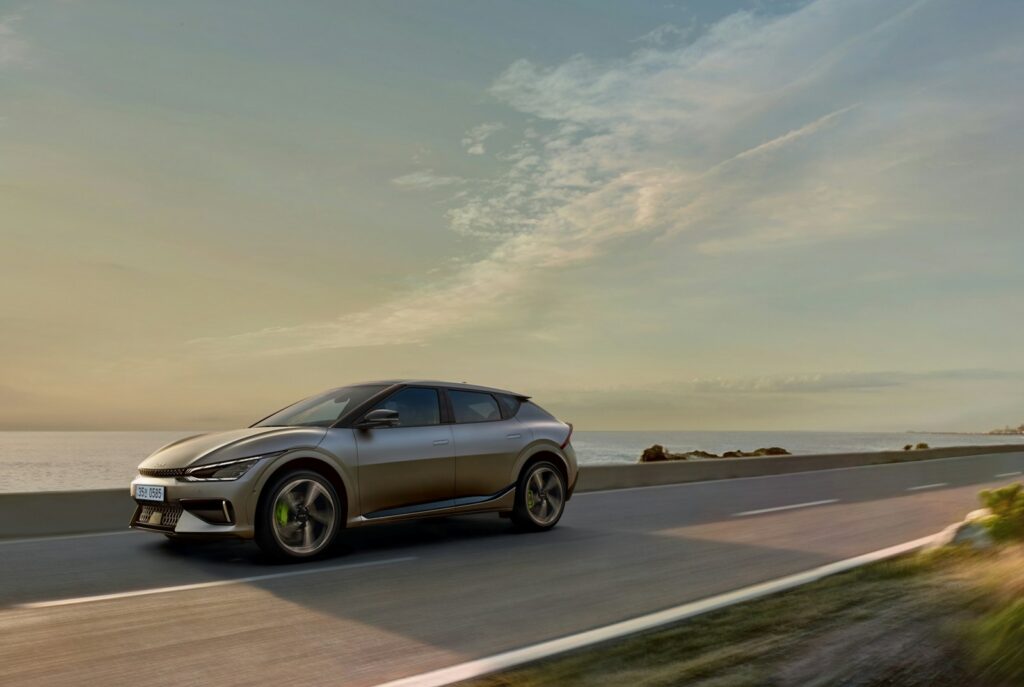
10. **Preparing for Public Charging Scenarios**Venturing out for longer trips in your EV during winter means you’ll likely encounter public charging stations, and a well-thought-out strategy is essential. Unlike the convenience of home charging, public stations can present unique challenges in cold weather, from slower charging speeds to increased demand. Proactive planning is your best defense against unexpected delays or range anxiety.
One critical consideration is the impact of cold on charging efficiency. As discussed in our previous section, cold batteries charge less efficiently and more slowly, particularly at high-speed (Level 3 or DC fast) chargers. Your EV’s battery management system will often throttle the charge rate to protect the battery from damage when it’s too cold, meaning you might arrive at a fast charger expecting rapid replenishment only to find agonizingly slow speeds. This necessitates “baking in some extra time to charge,” as a chilly EV may need a few extra hours even at a Level 2 station.
To combat this, remember the power of preconditioning. If you’re on a longer journey and intend to stop at a fast-charging station, give your car a heads-up. Some EVs, like Teslas, will automatically precondition the battery when a Supercharger is set as a destination, while others may require manual activation. Preheating the battery while en route ensures it’s at an optimal temperature upon arrival, allowing for much faster and more efficient charging, preventing the significant 50-70% slower speeds that can occur with a cold battery.
Beyond technical considerations, sheer demand at public charging stations can be a major hurdle during winter, particularly around holidays and long weekends. Casey Donahue, CEO of Optiwatt, advises: “Public charging stations can get extremely crowded during the winter… Plan your route ahead of time and try to find a large charging site with an ample number of charging stations.” Having a backup plan and identifying multiple charging options along your route can save you considerable stress and time.
Read more about: Electricity Explained: Unpacking the Invisible Force That Shapes Our Modern Lives
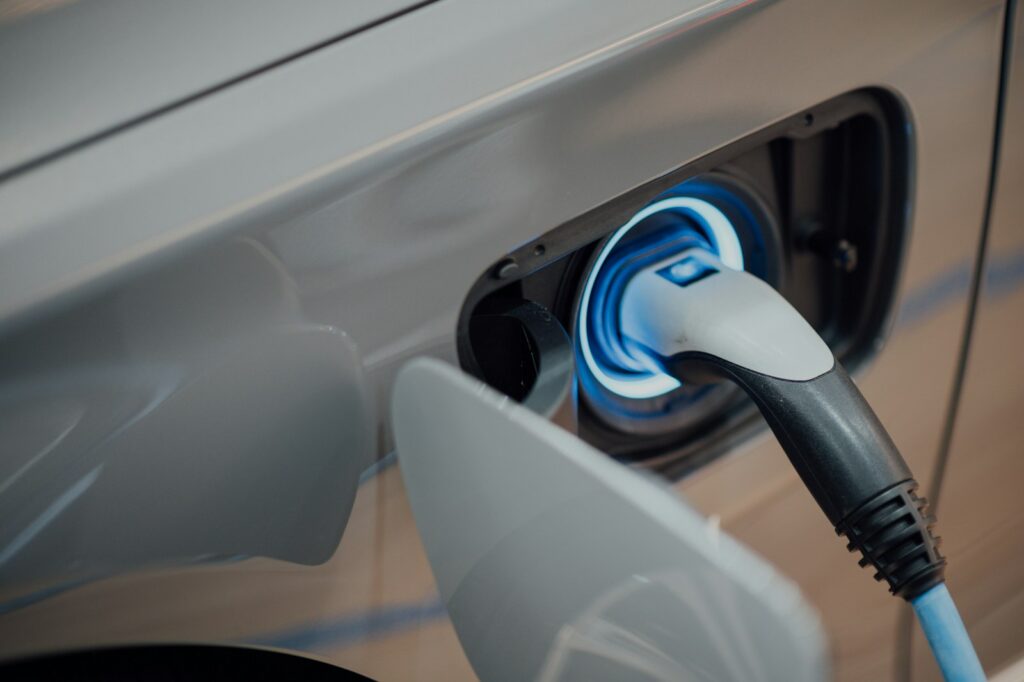
11. **Assembling a Winter Emergency Kit**While adopting smart driving practices and vehicle preparation can significantly improve your winter EV experience, it’s always prudent to prepare for worst-case scenarios. Unexpected breakdowns, severe weather, or even power outages can turn a routine drive into a challenging ordeal. An intelligently assembled winter emergency kit can be a literal lifesaver, ensuring your safety and comfort if you find yourself stranded.
Richard Reina, product training director at CARiD.com, stresses the importance of preparedness, stating, “If embarking on a longer trip and/or facing the possibility of a storm, be prepared.” Your kit should include essentials like warm clothes, thermal blankets, and non-perishable food items. In an EV, especially if the battery is depleted, you won’t have the luxury of idling for heat like a gasoline car, making these items critical for maintaining body temperature in freezing conditions.
Hydration is also key; carry a supply of water, as even in cold weather, dehydration can be a risk. A small shovel can be invaluable for clearing snow from around your tires or vehicle, and traction aids like sand or specialized mats can help you regain grip on slippery surfaces. Furthermore, keeping your cell phone fully charged, along with a portable battery pack or charger, is crucial for communication, especially if you need to call for assistance.
Thinking beyond the road, Casey Donahue also advises preparing for potential power outages at home, especially in areas prone to blackouts. “Check regularly for winter weather advisories and try to charge your car to full battery prior to any severe weather.” Having your EV fully charged before a storm not only ensures it’s ready for travel but can also sometimes serve as a temporary power source for essential devices if equipped with vehicle-to-load capabilities, adding another layer of resilience.
Read more about: Roadside Ready: 14 Essential Tools Every Driver Needs in Their Trunk for Unexpected Emergencies
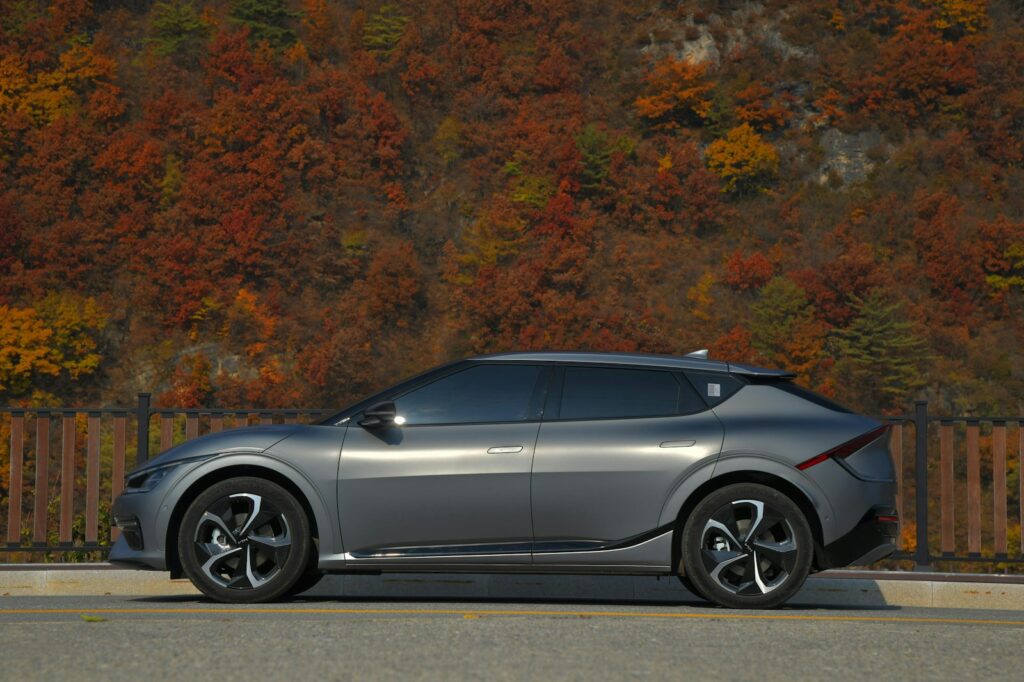
12. **Reducing Vehicle Weight for Better Range**It might seem like a minor detail, but the principle of reducing unnecessary vehicle weight is just as applicable to electric vehicles as it is to internal combustion engine cars, especially when you’re aiming to maximize range in winter. Every extra pound your EV has to carry requires more energy to accelerate, maintain speed, and overcome inertia, directly impacting how far you can travel on a single charge.
Think of your EV as an athlete; the lighter it is, the less effort it needs to expend to perform. Richard Reina highlights this, noting that “unnecessary weight should be removed from the car” as a general tip for maximizing fuel economy, a principle that “equally apply to EVs.” While you won’t be ditching your essential emergency kit, take a moment to clear out any items that aren’t critical for your journey or daily use.
This means removing those heavy bags of sand you might have put in the trunk for winter traction (less necessary with proper tires in an EV due to battery weight distribution), unused sports equipment, tools, or even extra personal belongings that have accumulated over time. Even seemingly small items add up, and collectively, their weight can make a discernible difference, particularly on longer trips where every bit of range conservation counts.
The benefit here is twofold: not only do you improve your driving range, but a lighter vehicle can also offer marginally better handling and braking performance, which is an added safety perk on potentially slippery winter roads. It’s a simple, cost-free adjustment that contributes to overall efficiency, allowing your EV’s battery to focus its energy on propulsion rather than hauling unneeded cargo.
Read more about: 8 Outdated Car Habits to Stop Now: Driving Smarter for a Sustainable and Safer Future
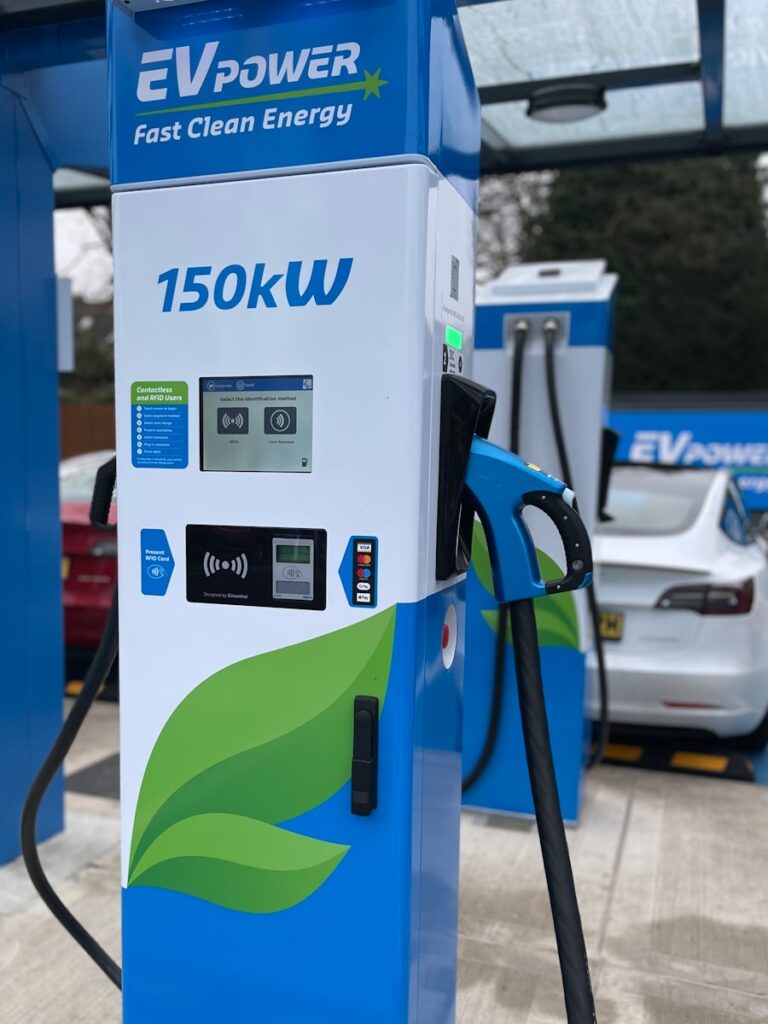
13. **Importance of Staying Informed with Weather and Software Updates**In the evolving world of electric vehicles, staying informed is not just good practice; it’s a vital component of safe and efficient winter driving. This encompasses a dual focus: monitoring real-world conditions like weather and ensuring your vehicle’s digital brain—its software—is always up-to-date. Both play a crucial role in mitigating winter challenges.
Firstly, monitoring weather conditions is paramount. Extremely cold temperatures are the EV battery’s nemesis, directly impacting its performance and range. Before any trip, especially a longer one, consult detailed weather forecasts. If severe cold or snowstorms are anticipated, it might be prudent to adjust your travel plans, reschedule non-essential journeys, or allocate significantly more time for travel and charging. “Knowledge really is key,” the context reminds us, and understanding the ‘dos and don’ts’ of EV driving in different weather keeps you and your car safe.
Beyond the immediate forecast, staying generally informed about EV best practices for cold weather is an ongoing process. As the technology matures, new tips, software enhancements, and more efficient heating strategies emerge. Regularly reviewing resources from reputable sources, like Consumer Reports, helps you adapt your habits and leverage the latest innovations to maximize your EV’s performance and longevity.
Finally, don’t underestimate the power of software updates. EV manufacturers frequently release over-the-air (OTA) updates that can include critical improvements to battery management, thermal regulation, charging efficiency, and even powertrain optimization. These updates can directly enhance your vehicle’s ability to cope with cold weather, often improving range or preconditioning effectiveness without any hardware changes. Make it a habit to install the latest software versions as soon as they become available, ensuring your EV is always operating at its peak winter potential.
**Conclusion**
Read more about: The Essential Checklist: 13 Crucial Questions to Ask Before Investing in a Used Vehicle with Advanced Driver-Assistance Systems
As we’ve explored throughout this guide, driving an electric vehicle in winter is far from an insurmountable challenge. While cold weather undeniably introduces unique considerations for battery performance and range, a well-informed and proactive approach can transform potential anxieties into confident, efficient, and enjoyable journeys. From optimizing your charging and driving habits to preparing your vehicle and yourself for the elements, every strategic adjustment contributes to a seamless winter EV experience. Embrace these actionable tips, and you’ll discover that the thrill of electric driving doesn’t have to hibernate when the temperatures drop; it simply requires a bit more foresight and a dash of informed adaptation. The future of driving, even in the snow, remains brilliantly electric.

